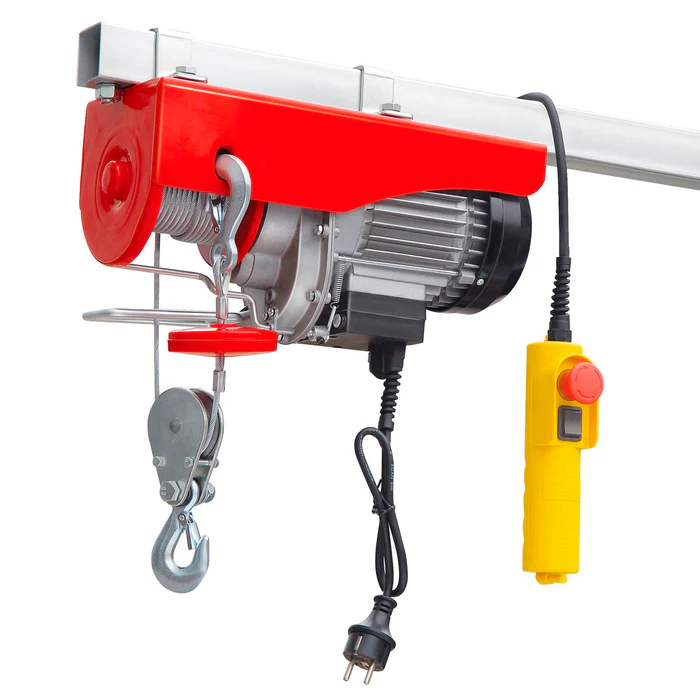Electric hoists are versatile tools designed to lift heavy loads with ease and precision, making them essential equipment in various industries, construction sites, warehouses, and workshops. For beginners seeking to understand electric hoists, it is crucial to grasp their components, functionality, safety measures, and applications. At its core, an electric hoist comprises several key components working together seamlessly to perform lifting tasks efficiently. These components typically include a motor, gearbox, lifting mechanism such as a chain or wire rope, controls, and a frame or housing. The motor is the powerhouse of the hoist, converting electrical energy into mechanical energy to drive the lifting mechanism. The gearbox helps control the speed and torque of the motor, ensuring smooth and controlled lifting operations. The lifting mechanism, whether a chain or wire rope, is responsible for bearing the load securely during lifting and lowering processes. Controls, which can range from simple pendant switches to advanced remote control systems, allow operators to manipulate the hoist’s movements with precision. The frame or housing provides structural support and protection for the internal components, ensuring the hoist’s durability and longevity.

Understanding how polipasto electrico function is essential for safe and efficient operation. Electric hoists work on the principle of electromagnetism, where electrical energy is converted into mechanical energy to lift and lower heavy loads. When power is supplied to the motor, it generates rotational motion, which is transmitted to the gearbox. The gearbox then adjusts the speed and torque according to the load requirements before transmitting the motion to the lifting mechanism. As the lifting mechanism engages, it raises or lowers the load, guided by the controls operated by the user. Proper understanding of the hoist’s capabilities, load capacities, and operating procedures is critical to prevent accidents and ensure workplace safety. Safety is paramount when working with electric hoists. Beginners should familiarize themselves with safety guidelines and procedures before operating a hoist. This includes inspecting the hoist for any signs of damage or wear, ensuring proper installation and anchoring, and verifying that the load weight does not exceed the hoist’s capacity.
Additionally, operators should be trained in safe lifting techniques, such as avoiding sudden movements or overloading the hoist. Regular maintenance and inspections are also necessary to keep the hoist in optimal working condition and prevent accidents or breakdowns. Electric hoists find applications in a wide range of industries and settings. From lifting heavy machinery in manufacturing plants to hoisting building materials on construction sites, electric hoists streamline lifting operations and improve productivity. They are also used in warehouses for loading and unloading goods, in automotive repair shops for lifting vehicles, and in theaters and event venues for rigging stage equipment. The versatility and efficiency of electric hoists make them indispensable tools in various sectors, offering reliable lifting solutions for diverse applications. In conclusion, electric hoists are powerful and versatile tools that play a crucial role in lifting heavy loads safely and efficiently. Beginners looking to understand electric hoists should familiarize themselves with the key components, functionality, safety measures, and applications of these essential pieces of equipment.